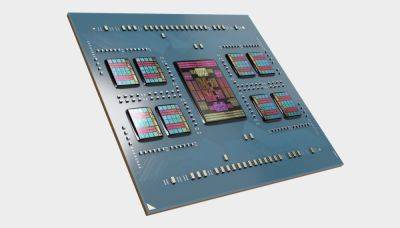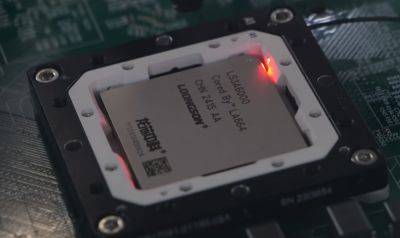DIY YouTuber Builds His Own 256-Core RISC-V Megacluster, Running At 14.7 GHz Single-Core Frequency
Renowned DIY gadget YouTuber, Bitluni, has built his very own RISC-V megacluster, featuring a "compact" design and some pretty interesting stuff.
Apparently, You Can Build Your Very Own Megacluster Using RISC-V, Make Sure To Manage Your Bus Connections Correctly
DIY instances are exciting to see, particularly those revolving around the tech industry since they show us the untapped potential of specific products or devices, and in this case, the RISC-V architecture itself. Well, Bitluni's experiment here isn't simple since it involves dealing with multiple superclusters.
Related Story Chinese Startup Unveils The First RISC-V Based AI CPU, Powers The K1 Domestic Laptop
His idea was to accommodate 16 of these superclusters onto a single interface, but that became unmanageable later on, so he designed his very own "cluster blade", which had two microcontrollers mounted on the board, each of them managing one supercluster on top of it. Through the cluster blade, he managed to give each supercluster its bus interface.
Each of the cluster blades had two CH32V203 microcontrollers mounted, and Bitluni combined eight of them to form one big uniform layer. The assembly process involved soldering each microcontroller onto the circuit board and then attaching the GPIO pins to start his design's testing phase.
Despite a rigid thought process, Bitluni encountered a major design flaw. He missed an internal clock source, which caused the LEDs mounted to show functionality to blink in random, uncertain patterns. After tinkering with the program and debugging the bus synchronization, Bitluni reached the desired functionality with his DIY cluster.
The overall building process was pretty interesting to witness, and Bitluni's dedication was a delight to see. Despite no motive behind the DIY project, he sure looked determined. In the end, his gigantic cluster managed to house 256 RISC-V-based microcontrollers and operate at a whopping 14.7 GHz of single-core frequency as well.







